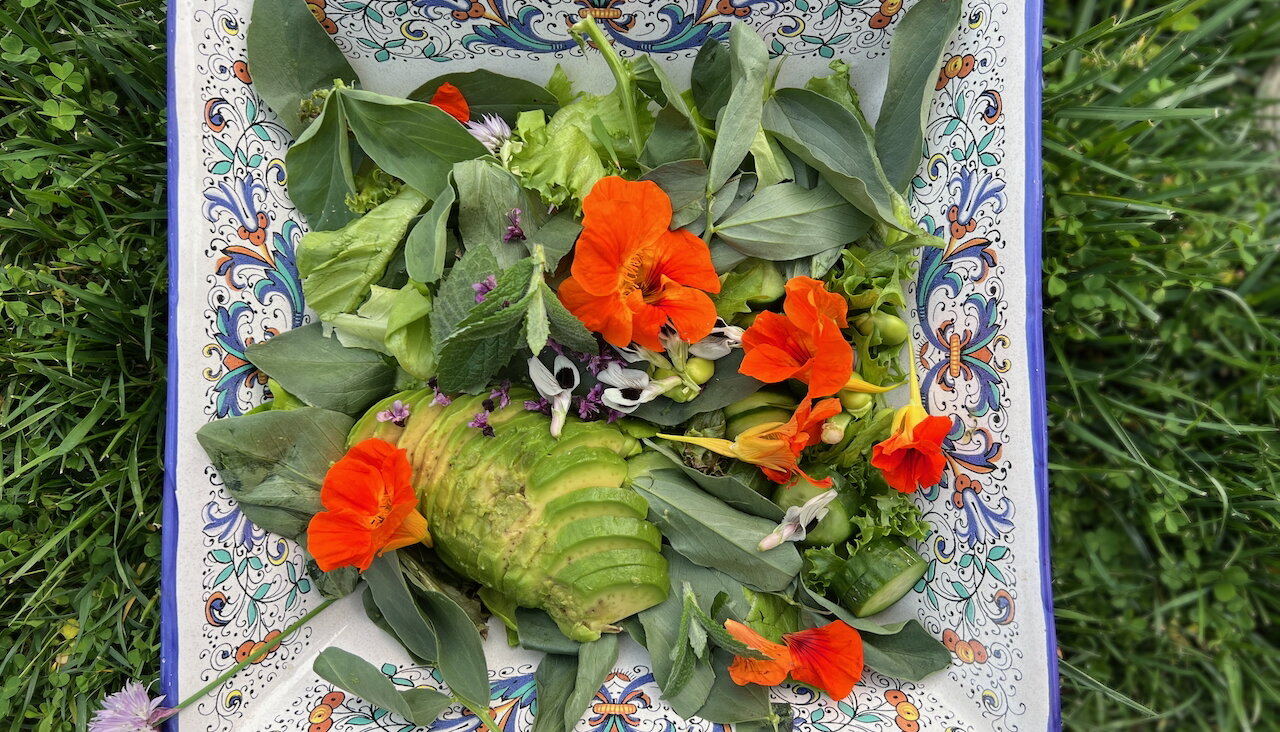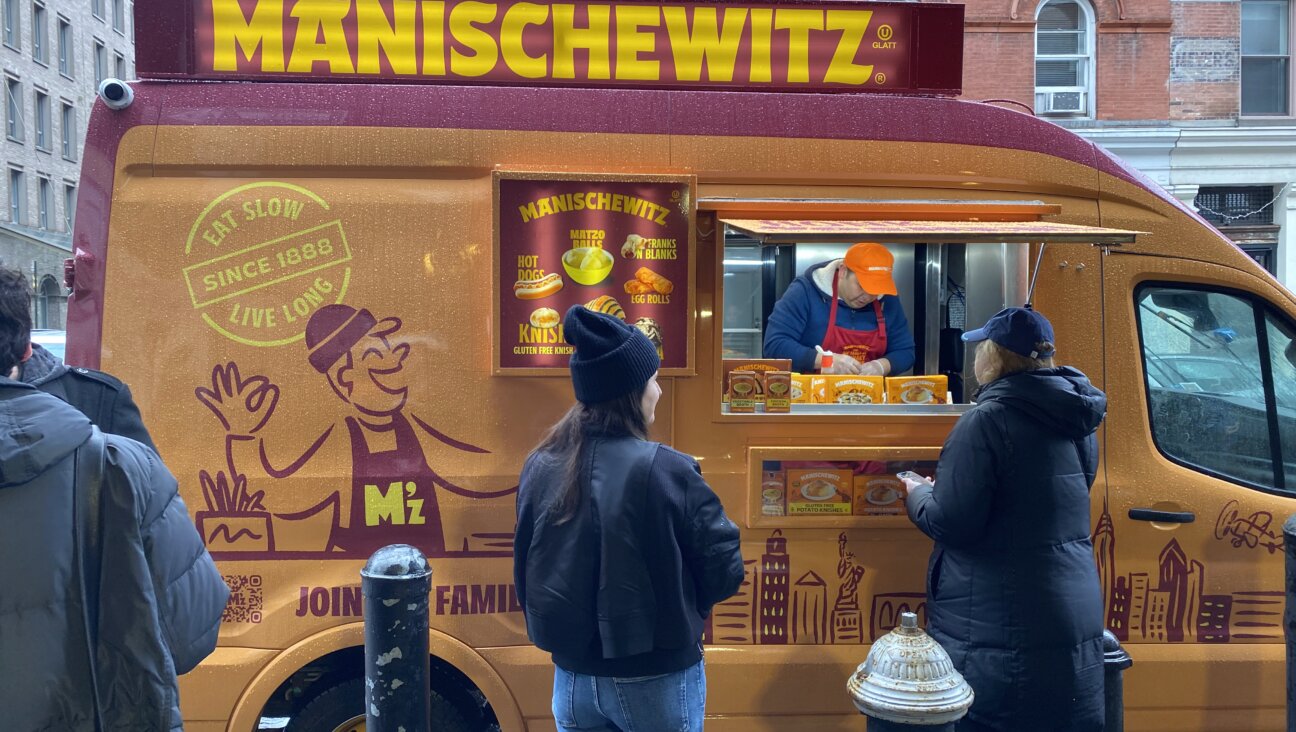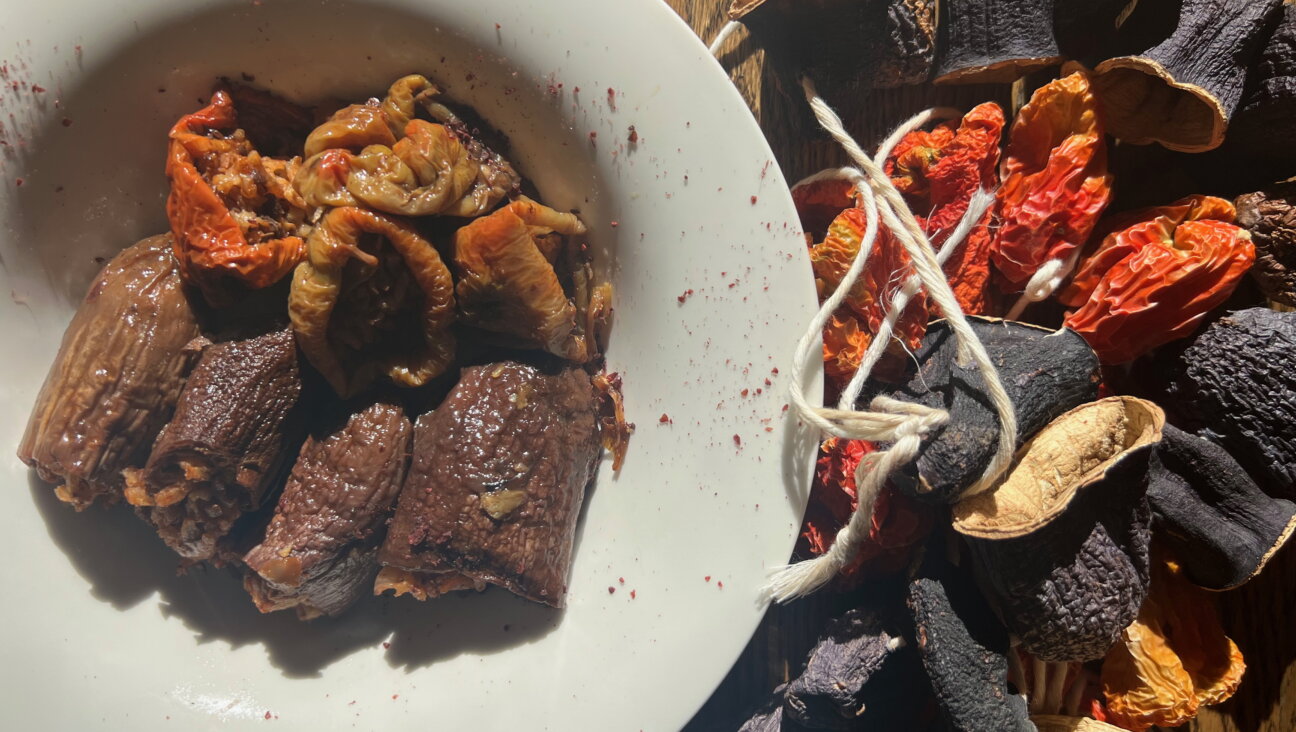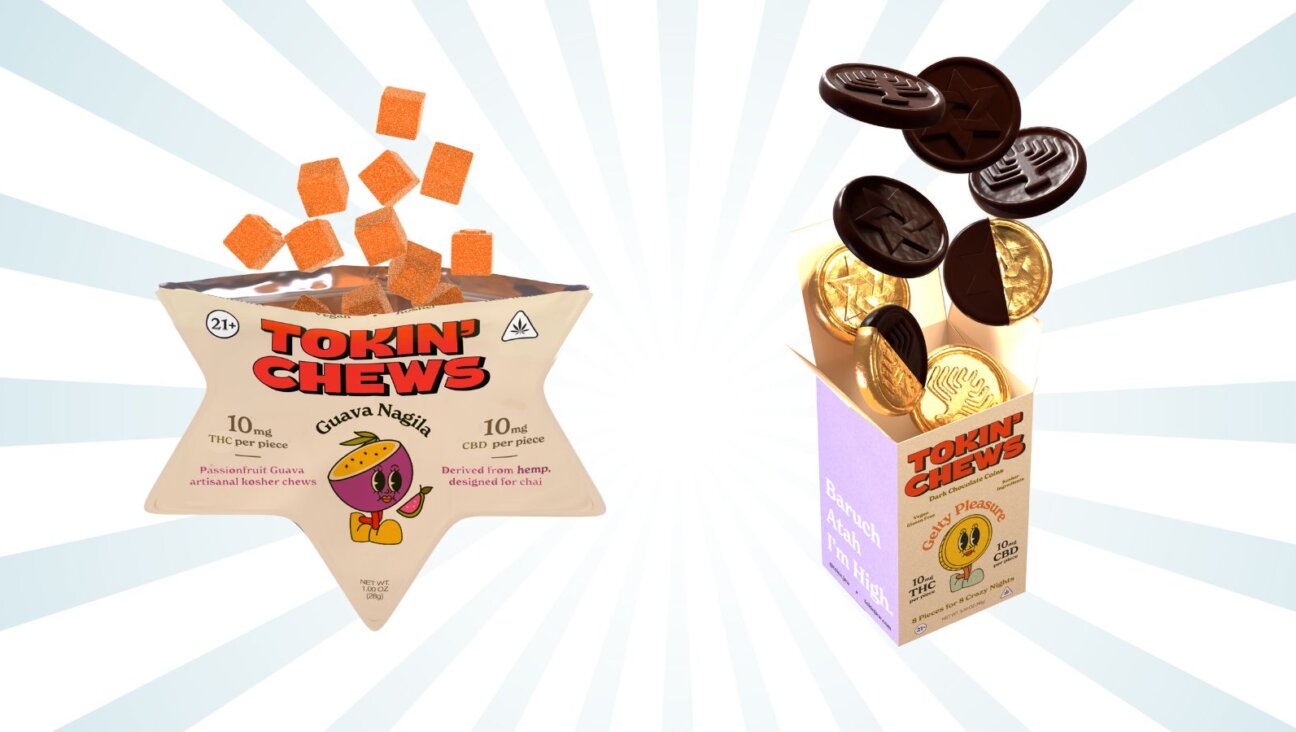Considering the Chicken
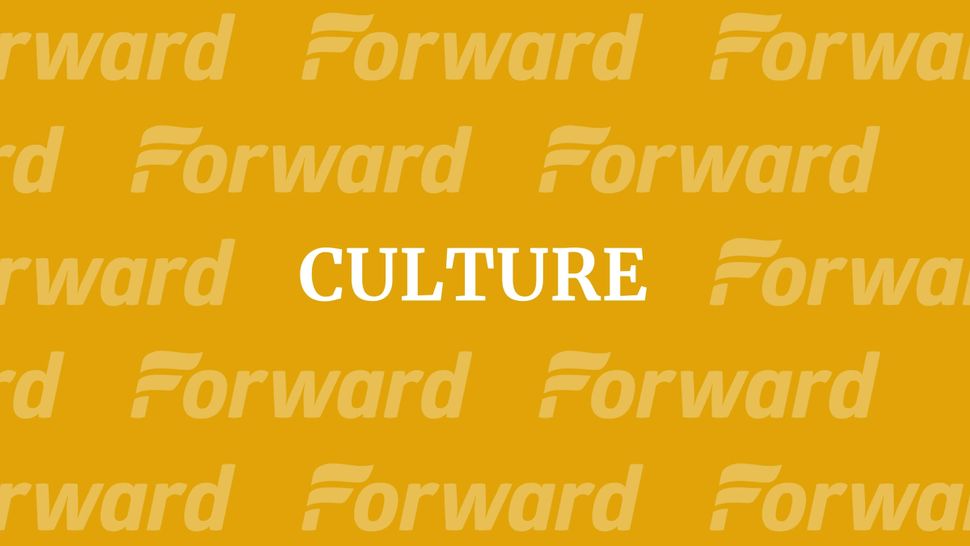
Image by Wikimedia Commons
Photograph by Konstantin Nikiforov/Wikimedia Commons
I slaughter my own chickens.
For the past several years, I have seen many animals die. I have experienced a range of feelings, from total cold focus to sadness and even fear. But I recently experienced a slaughter that transformed the way I see meat.
I trained in kosher slaughter four years ago, after seeing a slaughter myself. I realized I wanted to be able to produce my own meat — I saw making local kosher meat accessible as an essential way to create a healthy Jewish community, healthy food systems and a healthy local economy.
At the Hazon Food Conference in December, I helped with a demonstration led by fellow shochet (slaughterer) and food activist Yadidya Greenberg, and I performed the actual slaughter.
We slaughtered three chickens. Two of them were conventional chickens from a factory farm, and one of them was a heritage-breed chicken raised by a farmer named Frank Reese. The two factory-farmed birds looked bizarre, with their splotches of featherless skin, with their dull and dirty coloring. The heritage-breed bird was a brilliant black with fluffy plumage and a lot of strength and life.
As I performed the slaughter, Yadidya explained to the crowd the death process. After the cut has been made, the bird loses feeling, so its death spasms are not conscious but just expressions of its body’s final closure. He described how the the factory-farmed birds would experience a quicker transition into the stillness of death than the heritage birds. These factory-farmed chickens were sicker and closer to death in the first place; there wasn’t much life left in them anyway.
To understand factory-farmed birds, imagine this: Behind closed doors, a food corporation has combined a hundred thousand chickens in a breeding exercise, channeling Mendelian genetics in an operation so huge the earth has never seen its like. Through this process, they have developed one highly bred super-chick with a single genetic superpower — for example, a hugely oversized breast, or growth as fast as the human equivalent of a nine-year-old child weighing three hundred pounds. Imagine the same process occurring for 14 to 20 different genetic traits, requiring an input of millions of birds. And imagine these twenty hybrid birds bred together to produce one “frankenbird,” to be duplicated in its exact form hundreds of millions of times.
This bird is the Cornish cross, and it represents the overwhelming majority of chickens we eat in this country — and the entirety of the kosher market. Most of us have never tasted a true heritage chicken.
There are many critical differences between these birds. The Cornish cross is the product of a factory farming system that threatens the climate, its local environment, animal welfare and more. As a person who professionally accompanies animals on the powerful transition from life to death, one of the most profound differences I personally observed was exactly what Yadidya described — the difference in their deaths. The pitiful death of a hybrid bird, genetically bred to live a life full of suffering, and the noble death of a heritage bird, felt so viscerally opposite of each other.
The bad news, if you keep kosher, is that the birds I slaughtered at the Food Conference were the only heritage-breed kosher poultry available in the world. But the good news is that awareness is growing. More and more consumers see a need for reconsidering and reforming the system that produces our meat. With more consumer power, we can make a real change in the meat that we eat.
In the meantime, why not pick up some heritage-breed chickens and contact your local shochet for a small-scale job?
Jacob Siegel is a student at Yeshivat Chovevei Torah, an open and modern Orthodox rabbinical school. He is also certified shochet (kosher slaughterer), and offers demonstrations and workshops across the country on kosher sustainable meat.
The Forward is free to read, but it isn’t free to produce

I hope you appreciated this article. Before you go, I’d like to ask you to please support the Forward.
Now more than ever, American Jews need independent news they can trust, with reporting driven by truth, not ideology. We serve you, not any ideological agenda.
At a time when other newsrooms are closing or cutting back, the Forward has removed its paywall and invested additional resources to report on the ground from Israel and around the U.S. on the impact of the war, rising antisemitism and polarized discourse.
This is a great time to support independent Jewish journalism you rely on. Make a Passover gift today!
— Rachel Fishman Feddersen, Publisher and CEO
Most Popular
- 1
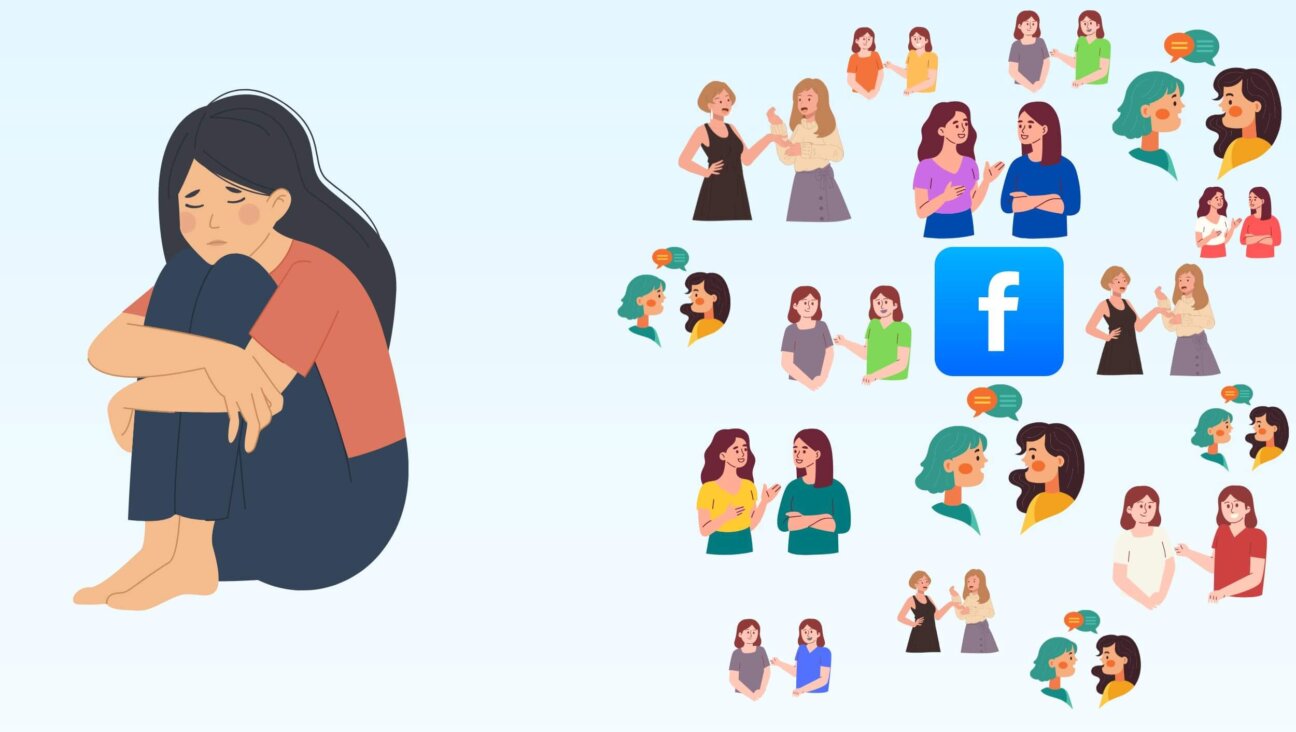
Opinion My Jewish moms group ousted me because I work for J Street. Is this what communal life has come to?
- 2

News Student protesters being deported are not ‘martyrs and heroes,’ says former antisemitism envoy
- 3

Fast Forward Suspected arsonist intended to beat Gov. Josh Shapiro with a sledgehammer, investigators say
- 4

Politics Meet America’s potential first Jewish second family: Josh Shapiro, Lori, and their 4 kids
In Case You Missed It
-
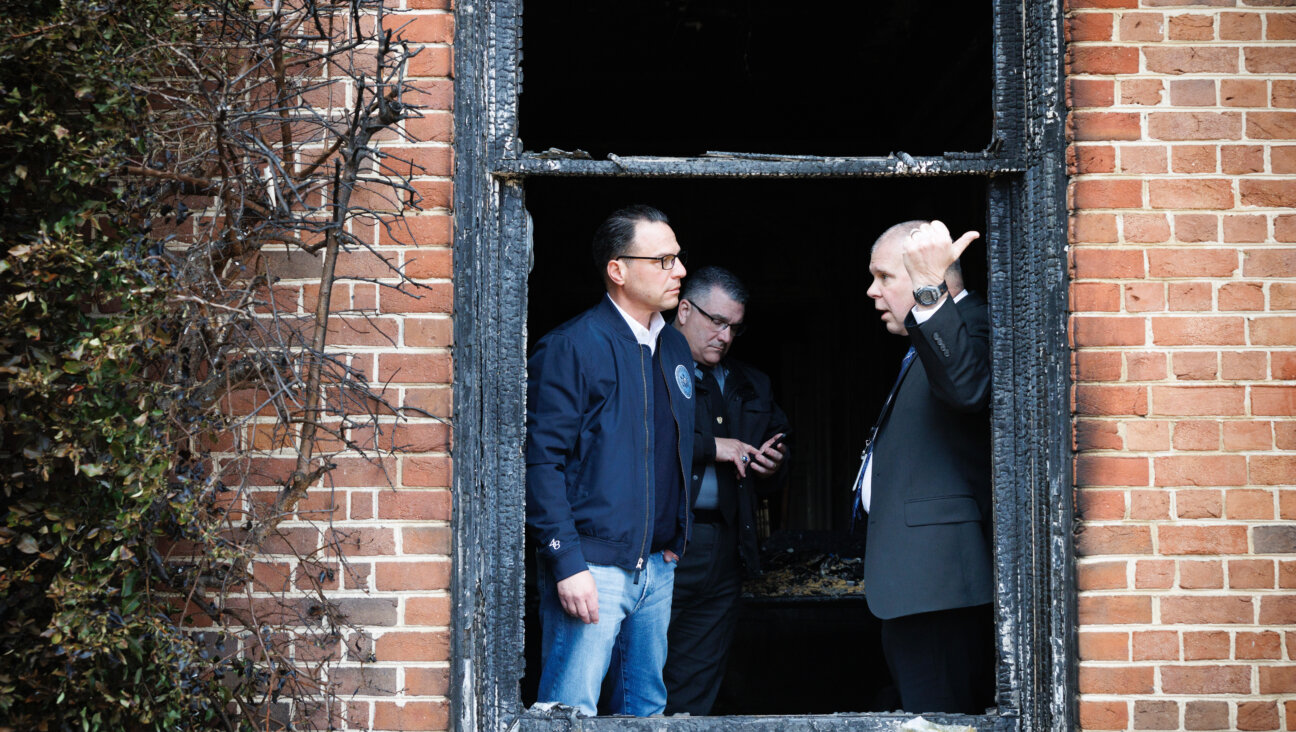
Fast Forward Arson suspect attacked Shapiro over pro-Israel stances, search warrant says
-

Fast Forward Jewish family killed in New York plane crash
-

Fast Forward Israelis can no longer enter the Maldives after Palestinian-solidarity ban goes into effect
-
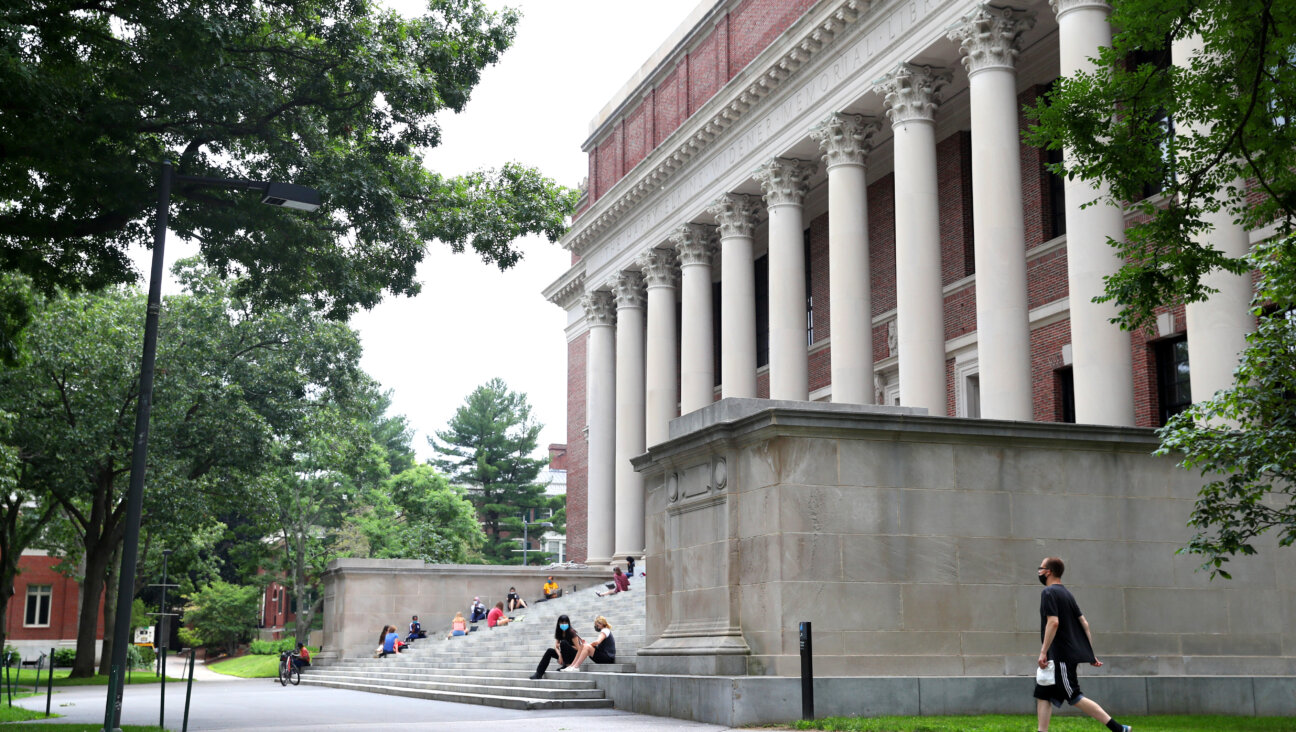
News Harvard is defying the Trump administration — after its own crackdown on academic freedom
-
Shop the Forward Store
100% of profits support our journalism
Republish This Story
Please read before republishing
We’re happy to make this story available to republish for free, unless it originated with JTA, Haaretz or another publication (as indicated on the article) and as long as you follow our guidelines.
You must comply with the following:
- Credit the Forward
- Retain our pixel
- Preserve our canonical link in Google search
- Add a noindex tag in Google search
See our full guidelines for more information, and this guide for detail about canonical URLs.
To republish, copy the HTML by clicking on the yellow button to the right; it includes our tracking pixel, all paragraph styles and hyperlinks, the author byline and credit to the Forward. It does not include images; to avoid copyright violations, you must add them manually, following our guidelines. Please email us at [email protected], subject line “republish,” with any questions or to let us know what stories you’re picking up.








